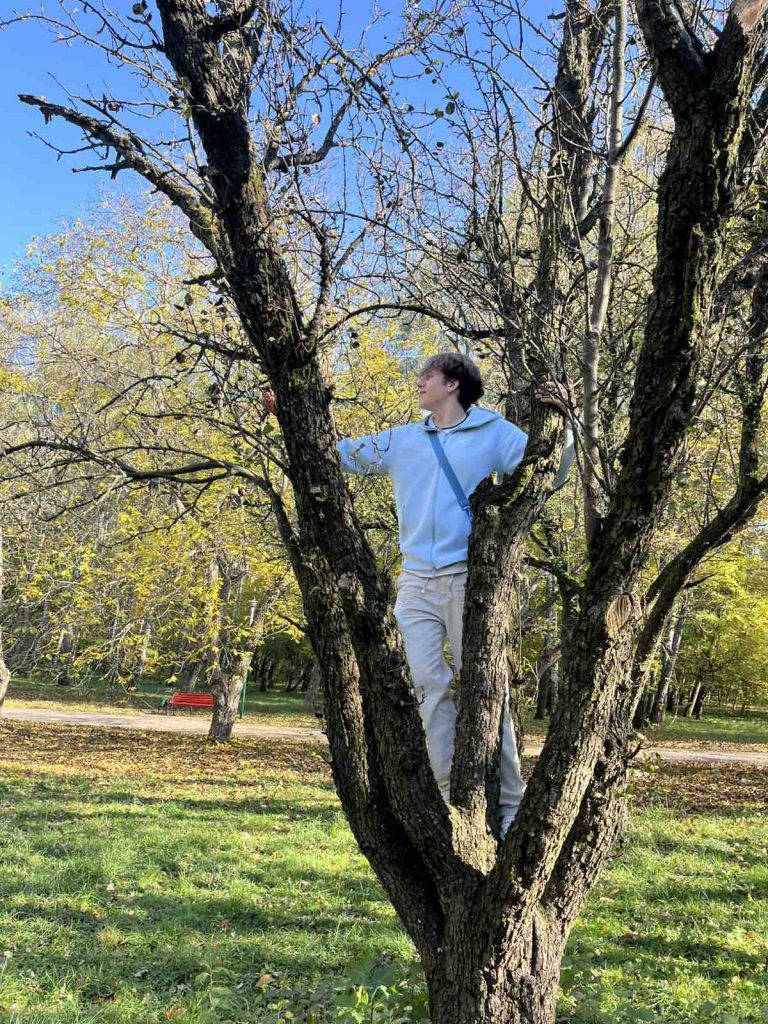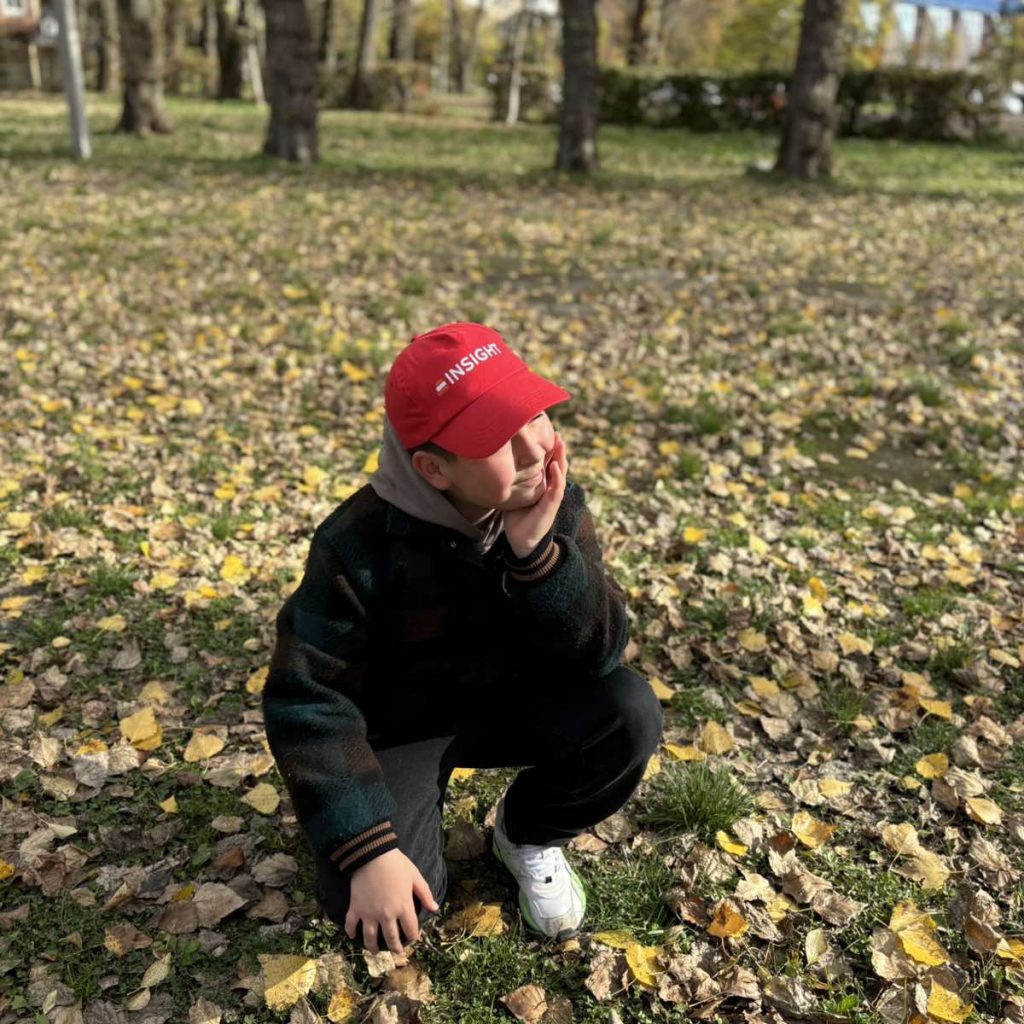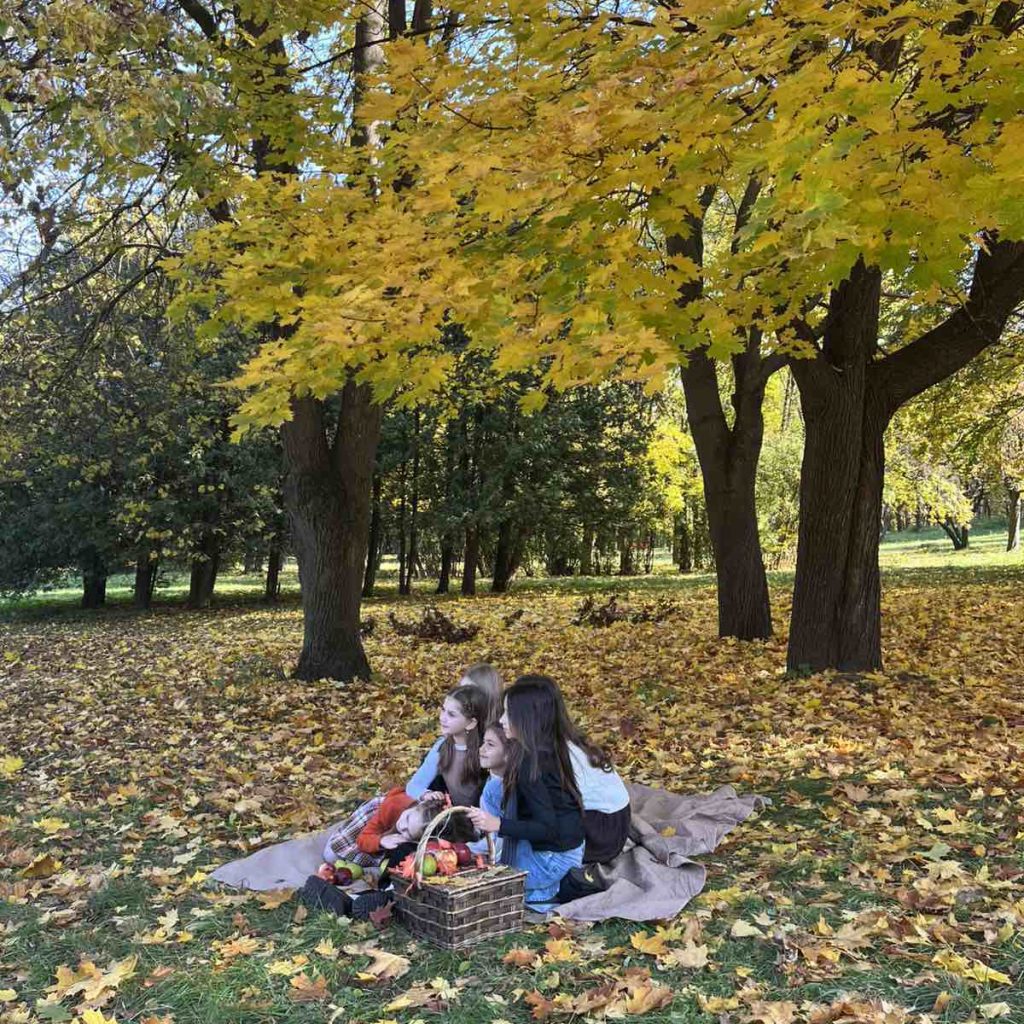-

Breathing
Practices such as mindful breathing, eating, or walking, are most helpful as part of a daily or weekly routine for self-care to nurture emotional and mental health and wellbeing. All…
Activity number:
1.3.1
-

Soothing body movements
A series of simple movements that can be made by learners when they feel anxiety, distress or overwhelm because of climate change.
Activity number:
1.3.2
-

Contemplative practices
This tool can provide practical ways to address overwhelm, stress and anxiety for an individual or a group, either preemptively or when they arise. Most of the suggested activities will…
Activity number:
1.3.3
CLARITY Competence Area
Taking care of climate emotions and trauma, Taking care of climate emotions and traumaGreenComp Competence Area
Acting for sustainability, Acting for sustainabilityWhy use this tool?
This tool can provide practical ways to address overwhelm, stress and anxiety for an individual or a group, either preemptively or when they arise. Most of the suggested activities will be most effective if practiced on a regular basis, as they help expand our own window of tolerance to multiple emotions over time. All activities can be done in groups or individually. As a teacher, you may want to practice them regularly so as to help you regulate your emotions. Once you know the activities well, it will also be easier for you to judge which activities to suggest to your students when a need arises.
